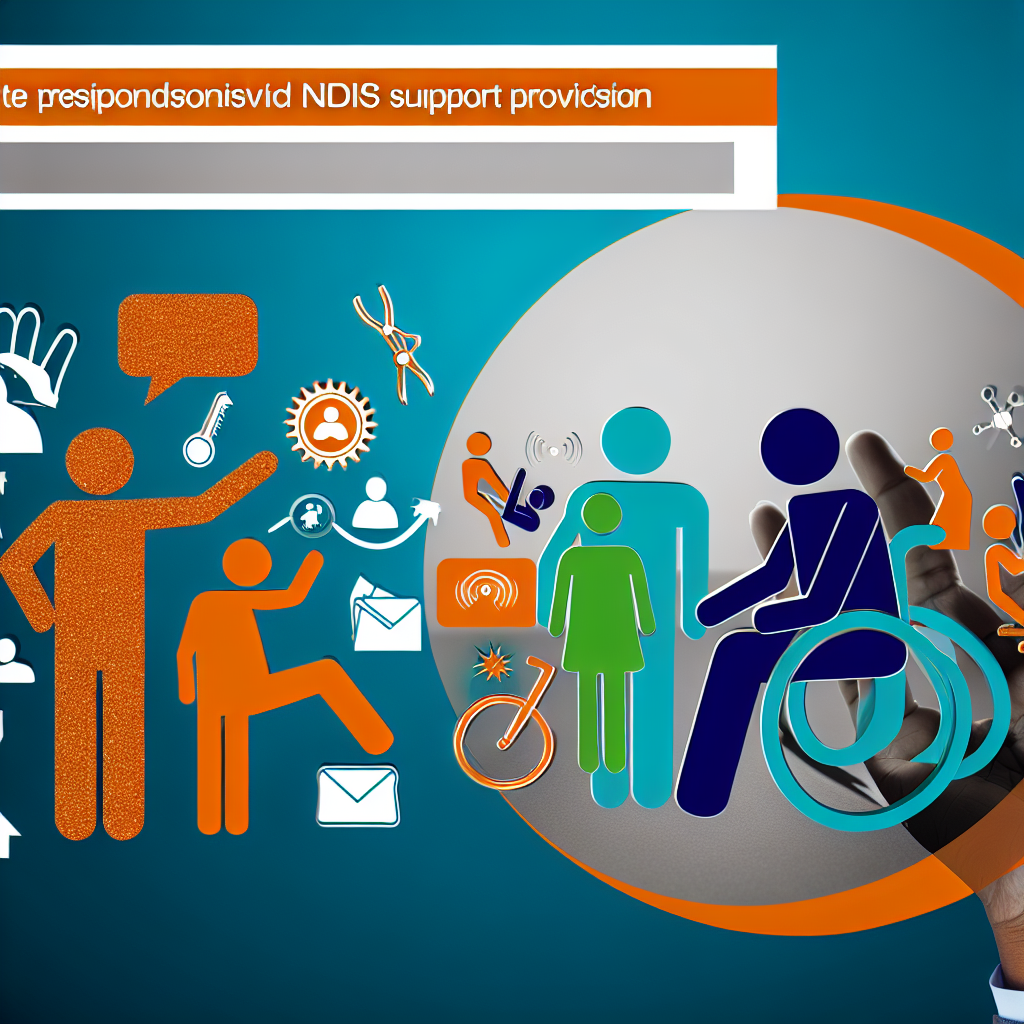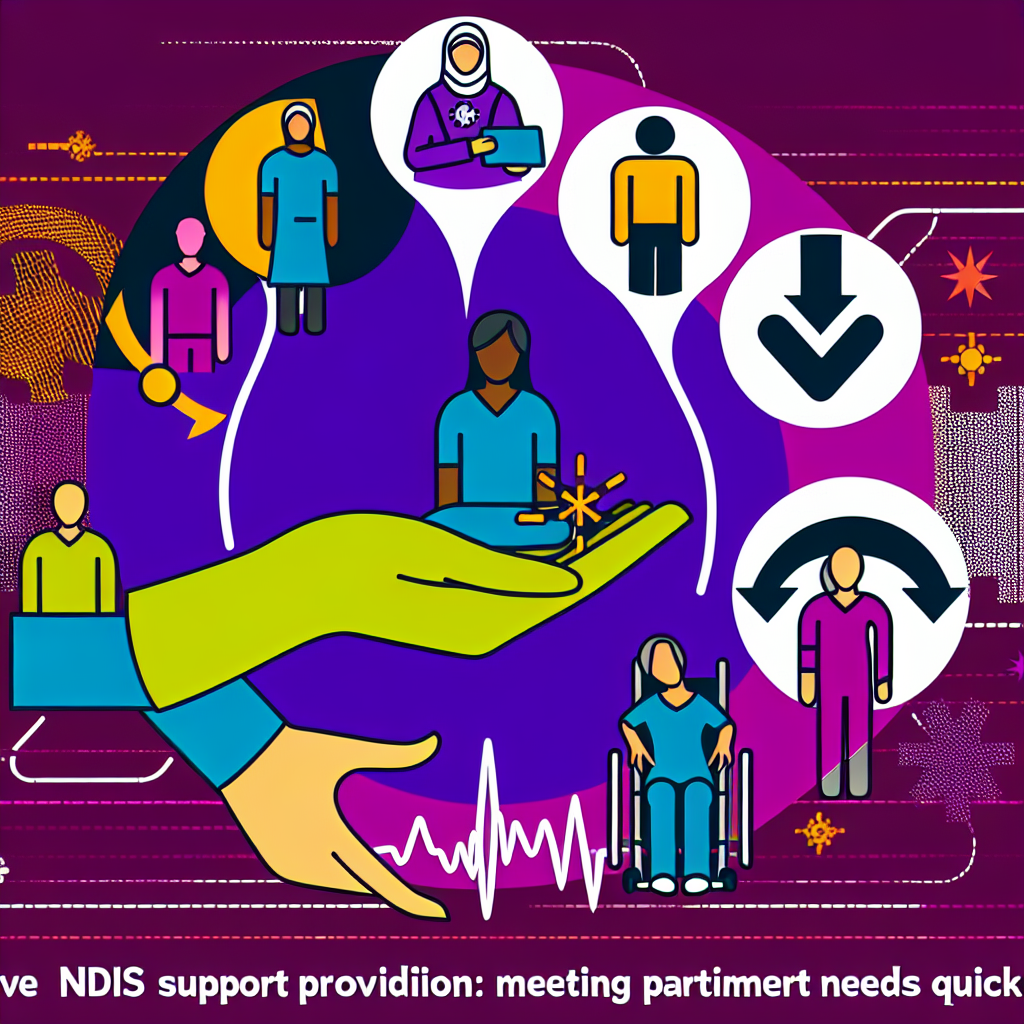How to Use NDIS Participant Dashboards to Understand Trends
The National Disability Insurance Scheme (NDIS) is a vital service for many Australians, providing necessary support and funding to those who have disabilities. In order to optimize the use of NDIS resources, it is crucial to understand how trends within participant data can forecast future needs and opportunities. Using NDIS participant dashboards effectively can be a game-changer for improving service delivery and strategic planning.
What Are NDIS Participant Dashboards?
NDIS participant dashboards are dynamic, visual interfaces that consolidate participant data into easily interpretable formats. These dashboards display various KPIs, funding utilizations, service delivery patterns, and other critical metrics. The primary purpose is to empower users to make informed decisions by visualizing data trends in real-time.
The Core Components of NDIS Dashboards
- Funding Utilization: Tracks how participants are utilizing their allocated funds, highlighting underspending or overspending areas.
- Service Access Patterns: Provides insights into which services are frequently utilized versus those underutilized.
- Demographic Data: Offers a breakdown of participants by age, location, and type of disability.
- Outcomes and Goals: Measures progress toward personal outcomes and goals set by participants.
Why Understanding Trends in NDIS Data is Important
Analyzing trends within NDIS dashboards helps stakeholders identify patterns, predict future needs, and make data-driven decisions that can enhance participant experiences. Here are some reasons why understanding these trends is essential:
- Resource Allocation: Identifying trends in service utilization can help allocate resources more efficiently, ensuring participants have access to needed services.
- Customized Support Planning: Understanding trends allows for the customization of participant plans to match evolving needs.
- Improving Service Delivery: Trends can highlight service gaps and opportunities for innovation or improvement.
- Policy Development: Insights from dashboards can aid policymakers in shaping future programs and policies tailored to participant needs.
How to Use NDIS Dashboards to Understand Trends
Step 1: Familiarize Yourself with Dashboard Features
Before diving into trend analysis, it’s critical to understand the dashboard’s functionalities. Spend time learning about different widgets, data filters, and how to access historical data for more comprehensive analysis.
Step 2: Define Your Objectives
Determining what you aim to achieve by analyzing trends is key. Are you looking to optimize fund allocation, enhance service reach, or adjust strategic directions? Clearly defined objectives will guide your analysis and make your efforts more productive.
Step 3: Analyze Historical Data
Examine historical data to identify both macro and micro trends. Look for repeating patterns during specific times of the year or in response to policy changes. This helps you anticipate future demands.
Step 4: Monitor Real-Time Data
Stay informed with real-time data to understand current trends. This allows for timely decisions in response to emerging issues or opportunities. Utilize alerts within the dashboard for critical changes or anomalies in data patterns.
Step 5: Use Comparative Analysis
Comparative analysis can provide clarity on your organization’s performance relative to other service providers or regions. Compare service usage, funding efficiency, and outcome achievements to derive actionable insights.
Step 6: Translate Insights into Action
Finally, translate the insights gained from dashboard analysis into actionable strategies. Adjust service provisions, reallocate funds, or develop new initiatives that align with identified trends and participant needs.
Conclusion
In conclusion, effectively utilizing NDIS participant dashboards to understand trends can significantly enhance the support provided through the NDIS. By gaining insights into resource utilization, service access patterns, and participant demographics, stakeholders are better equipped to make informed decisions. Use this guide to refine your approach in analyzing and leveraging NDIS data for improved participant outcomes and strategic planning.
Staying proactive and insightful through data analysis will not only benefit service providers but also bridge gaps to provide better care and support for all NDIS participants.




